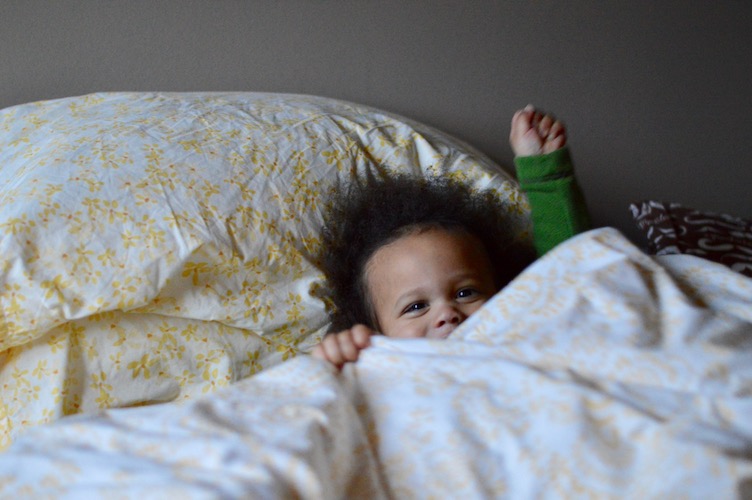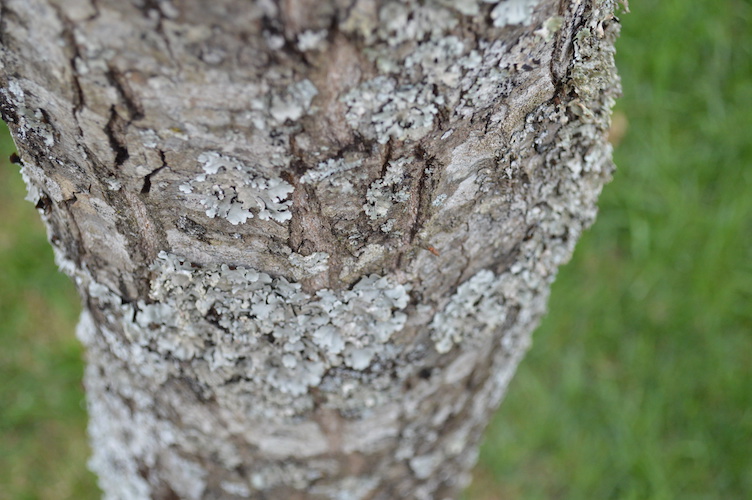When my friend Laurel mentioned Finding Spiritual Whitespace: Awakening Your Soul To Rest, by Bonnie Gray, was next up on her reading pile, I picked up a copy for myself.
Based on the title, I was already on the journey. Plus, I’ve been curious to get a purely Christian perspective on this concept since reading After the Ecstasy, The Laundry, which included Christian ideology alongside other faith traditions.
I’ve introduced a lot of whitespace to my life this year, and I tend to still feel defensive about it. No one really gives me grief about my dance class, but meditation? The first response I often get if I mention that is, “But what do you do while you’re meditating?“
We cannot selectively numb emotions, when we numb the painful emotions, we also numb the positive emotions. – Brené Brown
As meditation has grown to a one- to two-hour part of my waking hours many days, the obvious question is, how do I fit it in?
I’ve had to give up or reduce the time I spend doing three things:
1. Mindless Screen Time
2. Crappy Sleep
3. Pleasure Reading
As you can see, for the most part, there hasn’t been a huge loss.
Pictured above, the scene of the crime. We don’t co-sleep with the baby, but I added him to make the scene feel less threatening.
Towards the end of this past summer, I got a weighted blanket. It was around the same time I saw that guy with the weighted vest and wondered why anyone would add to the weight they were carrying, metaphorically OR physically. But anxiety was kicking my butt and I was exhausted at night, but often crawling up the walls.
If you’re familiar with weighted blankets, you’ll know they aren’t cheap, which is why I had one on my wish list for a very long time before clicking purchase. They differ from comforters and duvets – they are smaller and come in a range of weights. There is info online to help you calculate how much weight you need depending on your size.
I went whole hog with a 20-pound blanket. I thought I would get the full size, which would just cover the top of our queen mattress with no overhang, and that the Chaplain and I could share it.
If you’re just getting caught up, here’s Part I and Part II.
In Part II, I mentioned our old house acoustic ceiling tiles and how in our living room, their uneven tracks were especially unappealing.
The fall before this past one, we had mice that took 6 or 7 tries from a surly extermination company before we were rid of them. At night, we could hear them under those ceiling tiles as we sat on the sofa below. If you’ve seen the 1997 movie Mouse Hunt or have had mice, you may understand the depth of desperation that might have caused me to rip down some of the tiles, looking for the mouse highway. We eventually got rid of the mice, no thanks to my rummaging in the ceiling.
I did find the mouse highway. I also came across sagging plaster with gaping holes and lots of dust. We left it. There was no mental energy for it over the winter and spring.
Then, one of the kids broke a pane of glass in our front door, which is in the living room. When we had the handyman to come replace it, I asked him about the cost of dry walling the ceiling, if we took care of demo. He gave me a price that was about 75% of the cost the last person I’d asked had quoted me. It was a number we could live with. We made the arrangements.
Originally written in German, with an English translation released a year later, The Hidden Life of Trees: What They Feel, How They Communicate―Discoveries from A Secret World, Peter Wohlleben was featured on NPR a few years ago. I immediately searched for a copy on inter-library loan, but my library system didn’t own a copy, so I put it on my Amazon wishlist to remind me to try again later.
I finally discovered my library had purchased a copy this winter, which I requested immediately. What followed was a lovely read.







